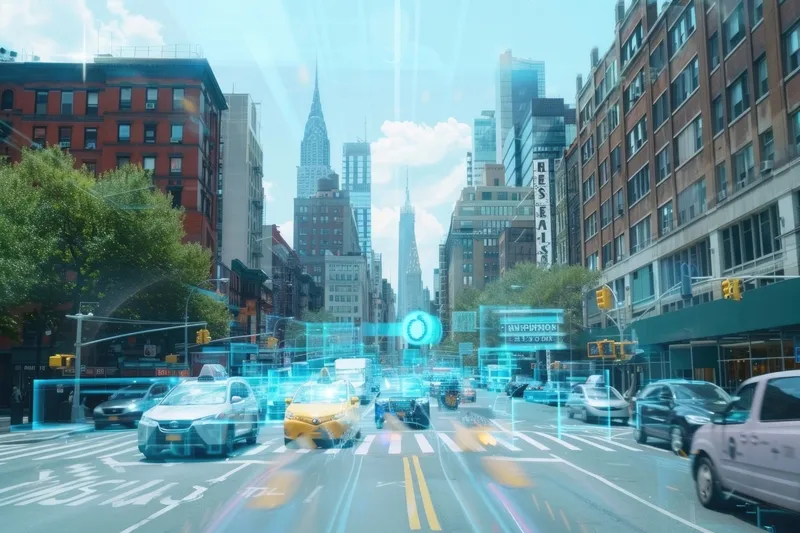
The US Federal Communications Commission (FCC) last November adopted final rules - its second report and order - for cellular Vehicle to Everything (C-V2X) technology.
It means that, officially, in-vehicle and roadside units will be permitted to operate C-V2X technology in the 5.9 GHz spectrum band dedicated to ITS. US transportation agencies and private sector companies can move beyond temporary waivers to fully deploy C-V2X devices.
“The FCC’s efforts to evolve the 5.9 GHz band are a win-win," says FCC chairwoman Jessica Rosenworcel. "It drives innovation in our wireless and transportation economies and can help keep us safe on our roadways when we walk, ride and drive."
The industry reaction has, unsurprisingly, been overwhelmingly positive.
Brian Cronin, director of the Intelligent Transportation Systems Joint Program Office (ITS JPO), says: “The US Department of Transportation applauds the FCC’s decision and doubles down on its commitment to support the deployment of these technologies.”
USDoT released a V2X roadmap in August to help solve what it calls "the crisis of roadway deaths": around 40,000 people a year die on US roads. “This is a core part of our Vision Zero goal to eliminate road fatalities,” Cronin confirms.
“With this, C-V2X deployers have a significant tailwind” Jim Misener, Qualcomm
In a statement, USDoT said: “FCC’s ruling both provides the certainty needed for industry to bring these life-saving technologies to market, and encourages public agencies to invest. FCC’s leadership in issuing the final rules for C-V2X technology accelerates deployment for public agencies and automotive manufacturers.”
ITS America also gave its backing to the FCC’s work towards the completion of this rulemaking. "We stand ready to work with our partners to make the promise of V2X a reality; leveraging transportation connectivity to significantly improve safety outcomes for our communities,” says ITS America president & CEO Laura Chace.
One of the private sector’s biggest advocates of V2X technology, Qualcomm global V2X ecosystem lead Jim Misener, praised ITS America and the 5G Automotive Association. “[They] are two of many associations who rowed the same boat in to this important point,” he posted on LinkedIn. “I am confident that we will continue to lock arms to put this safety spectrum to good use on America's roads.”
Collective effort
He was “excited about the deployment opportunities and proud of the entire stakeholder community and FCC for the collective effort that led to this second report and order”.
The decision codifies C-V2X technical parameters in the FCC’s rules, including power and emission limits and message prioritisation.
“With this, C-V2X deployers have a significant tailwind,” Misener added. “Let's give credit to the entire transportation community, as it was the collective that helped bring this about.”
The FCC rules provide flexibility for the auto industry to use three 10-megahertz channels either separately or in combination as a 20-megahertz channel or as a single 30-megahertz channel.
The FCC's order permits devices that have already been authorised under C-V2X waivers to continue to be marketed and operated. It also provides a timeline for 'sunsetting' existing dedicated short-range communications (DSRC)-based technology.
Other ITS industry figures also expressed their support for the FCC decision. “We are pleased that the FCC has approved the widespread deployment of C-V2X technology to improve roadway safety,” said Bryan Mulligan, president of Applied Information.
“Now communities can focus on the benefits of C-V2X and work to deploy this life-saving technology. We expect to see accelerated deployment across the US focusing on Day One applications, such as giving emergency vehicles green lights for better and safer response times and reducing speeds of vehicles around schools.”
Secure interoperability is possible, USDoT insists: “Together, we can create a safer and more reliable transportation network for all road users.”








